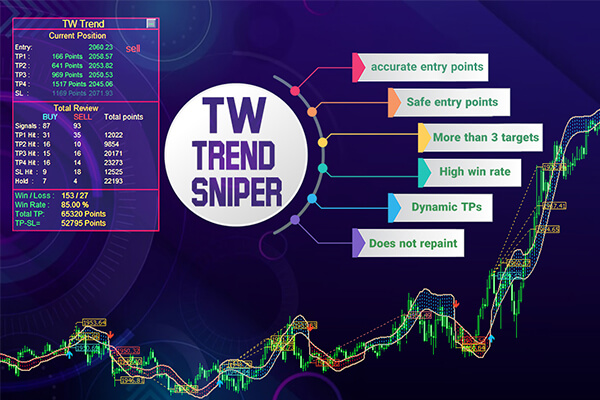Analysis of the Pivot Point Strategy:
A Trader’s Guide
The pivot point strategy is a cornerstone of technical analysis in the Forex market. By leveraging historical price data, it offers a framework for identifying potential support and resistance levels, aiding entry and exit points for your trades. Let’s delve into the strategy’s mechanics and explore how to use it for profitable outcomes.
Understanding Pivot Points
Calculation: Pivot points are calculated based on the previous day’s high (H), low (L), and closing price (C). The central pivot point (PP) acts as a fulcrum, with resistance levels (R1, R2, R3) calculated above and support levels (S1, S2, S3) calculated below.
Interpretation: The PP serves as a directional indicator. A price trading above PP suggests bullish sentiment, while a price below PP indicates bearishness. Support levels (S1, S2, S3) represent areas where price declines might be halted and potentially reversed, while resistance levels (R1, R2, R3) indicate zones where price advances might encounter selling pressure.
Here’s the formula for the main pivot point:
PP = (H + L + C) / 3
The remaining levels are derived using multipliers of the difference between the PP, the high, and the low.

Trading with Pivot Points
There are several ways to incorporate pivot points into your trading strategy:
- Identifying Support and Resistance: Pivot points and their corresponding levels act as potential zones where price action may pause or reverse. Price testing a support level can signal a buying opportunity, while a test of resistance might suggest a chance to sell.
- Breakout Trading: If the price decisively breaks above a resistance level, it might indicate a bullish continuation, and vice versa for breaking below support. This can be a good entry point for a trend-following trade.
- Range Trading: In a range-bound market, pivot points can help you identify the boundaries of the range. You can then look for opportunities to buy near support and sell near resistance.
- Confirmation with Indicators: While pivot points offer valuable insights, they shouldn’t be used in isolation. Combine them with technical indicators like moving averages or RSI to strengthen trade signals. Look for a price approaching a pivot level while an indicator generates a confirmation signal (e.g., RSI oversold near support or overbought near resistance).
Enhancing Your Pivot Point Strategy
While pivot points offer valuable insights, they shouldn’t be used in isolation. Here’s how to strengthen your strategy:
- Combine with Price Action: Look for confirmation from candlestick patterns or price rejections at pivot levels to bolster your entry signals.
- Consider Market Context: Factor in economic news releases, central bank policies, and overall market sentiment when interpreting pivot points.
- Manage Risk: Always employ stop-loss orders to limit potential losses, regardless of the strategy used.
- False Breakouts: Be cautious of false breakouts, where the price pierces a support/resistance level but quickly reverses. Employ stop-loss orders judiciously to manage risk.
- Timeframe Selection: Pivot points can be calculated on various timeframes (daily, weekly, etc.). Choose a timeframe that aligns with your trading style and strategy.
Conclusion:
The pivot point strategy offers a valuable tool for Forex traders. By understanding its mechanics and incorporating it into your trading framework, you can identify potential entry and exit points, improve trade setups, and potentially enhance your profitability. Remember, no strategy guarantees success, so practice sound risk management and always conduct thorough market analysis before entering a trade.
Happy trading
may the pips be ever in your favor!




